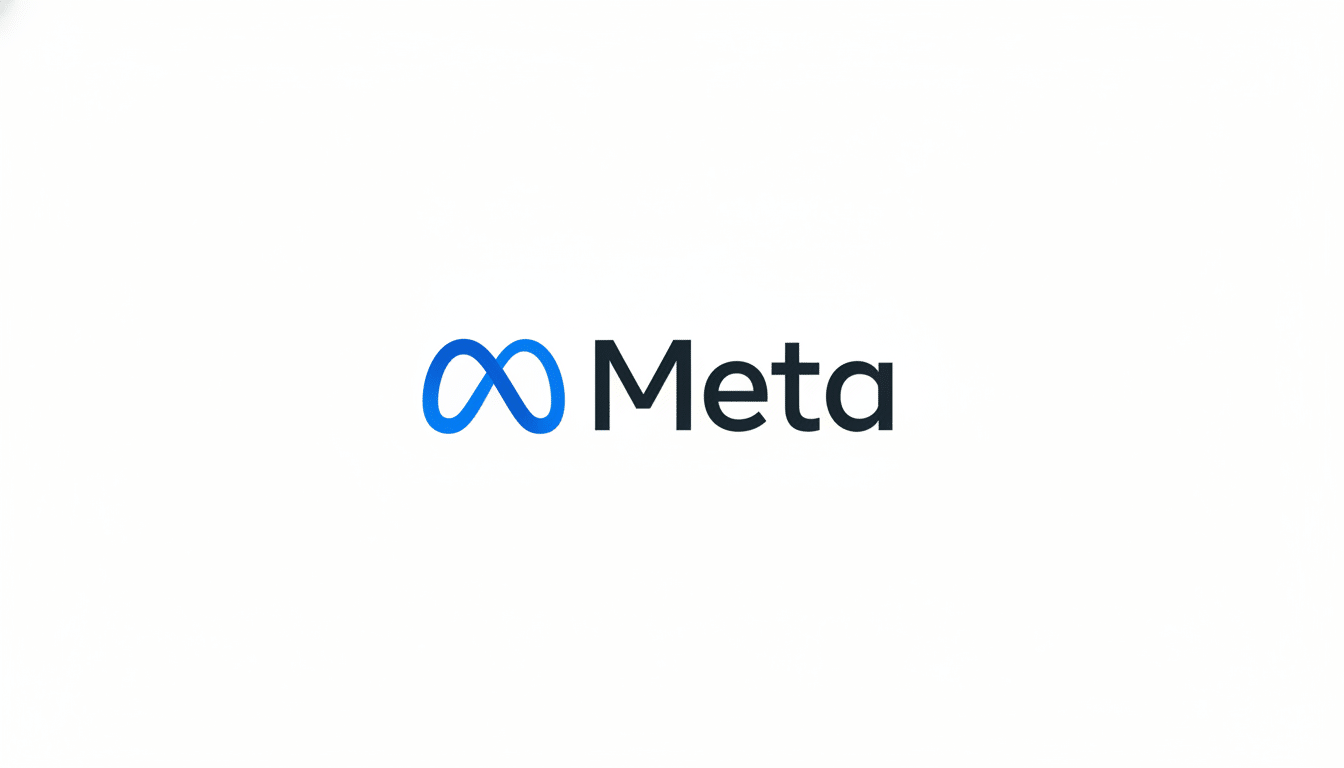Meta is laying off about 600 roles from its artificial intelligence organization as part of a continued reorganization intended to accelerate decisions and focus priorities, according to a staff memo reported by Axios. The company added that many of its affected employees will be offered jobs in open positions elsewhere within Meta, emphasizing a shift in structure rather than an outright reversal from A.I. Once reorganized, the new team would take a longer-term view on future development.
The internal message touted the move as an attempt to eliminate layers and focus accountability, with smaller teams that are “load-bearing” moving faster. It follows Meta’s efficiency push over the last few quarters, when leadership stressed leaner teams as well as fewer handoffs in order to speed product delivery across its apps and infrastructure.

Why Trim AI Teams Even As Artificial Intelligence Is Booming
At first blush, the AI bloodletting seems counterintuitive as companies race to ship out smarter digital assistants, safer base models and A.I.-trained ad tools. In reality, it indicates where the cost curve is moving. Meta has poured huge sums of money into GPUs, data centers and custom silicon, telling investors that AI infrastructure is a new focus for some of its investment. Leveraging compute and data pipelines, incremental dollars can unleash model performance and reliability at scale (not for free). Analysts at top banks have observed that the composition of spending in frontier AI is shifting away from salaries and toward compute and data pipelines, where adding more money results in increased model performance and reliability.
There’s also a strategic reset under way across Big Tech: after a hiring binge, leaders are pruning overlapping research groups, unifying roadmaps and setting tighter milestones for model training and productization. Meta’s move mirrors that pattern. It must also keep the pedal pressed to the metal with its Llama family of models, Meta’s AI assistant and systems for safety-recommending and ranking content while tamping down organizational sprawl that gums up launches.
Inside Meta’s AI Realignment and Strategy Shift
People familiar with Meta’s AI stack identified three areas on which it could focus to achieve integration: foundation model research, applied AI in its consumer products, and the compute backbone that trains and serves models. The company helped seed the PyTorch ecosystem and continues to be a heavy contributor; it has been building tighter links between research and product teams so its breakthroughs land faster in Instagram, Facebook and WhatsApp.
These efforts were also set up by recent hiring moves. According to industry reports, Meta hired dozens of researchers away from battling labs with multimillion‑dollar packages to speed its work on frontier models. Also, competitors said the most senior staff largely stuck around. That tug‑of‑war inflated costs across the market; rationalizing teams now is a way to retain critical talent but force expensive roles to align directly with shipping priorities.

What It Means for Workers and Products at Meta
Meta says that most of the employees affected should be able to land internally, which is in line with past reorganizations where headcount has dipped at some groups but expanded at others tied to products nearing market. They should look for roles that are focused on model training runs, inference efficiency, safety and evaluation, and features with measurable user and advertiser impact.
At least in the near‑term, the message for customers and developers is stability: Meta isn’t going to cut off open model releases or its assistant roadmap. If anything, leaner teams and a clearer top-down management structure will reduce the time from research checkpoint to what ships. The trade‑off is that there will be fewer parallel bets; some speculative projects may fall by the wayside while resources are redirected towards Llama upgrades, agentic behaviors inside messaging and AI tools for creators and businesses.
Competitive and Market Context for Big Tech AI Moves
Consolidation is now the name of the game across the industry. Google brought its own research units together to ease model development, Microsoft integrated new teams from an AI startup for its expanded consumer AI push, and Amazon coordinated generative AI efforts around key assistants and retail. Independent trackers like the Stanford AI Index have also tracked a steep ascent in private AI investment and compute usage, as well as organizational shake‑ups with the aim of translating that spend into products more quickly.
Investors will read Meta’s move in the same way: line up headcount with the bottlenecks that matter. But in today’s frontier (likely cost‑based) AI, bottlenecks are hardly ever conference rooms—they’re compute availability, data quality and transparency around safety checks. By changing roles and slimming its management layers, Meta is gambling that it can go faster on all three.
The bottom line is focus. Eliminating 600 AI jobs may sound like retrenchment, but the company’s spending habits, pace of product release and preference for internal transfers suggest something else. Meta is not backing away from AI; it’s clearing the way for the next lap of the race.

